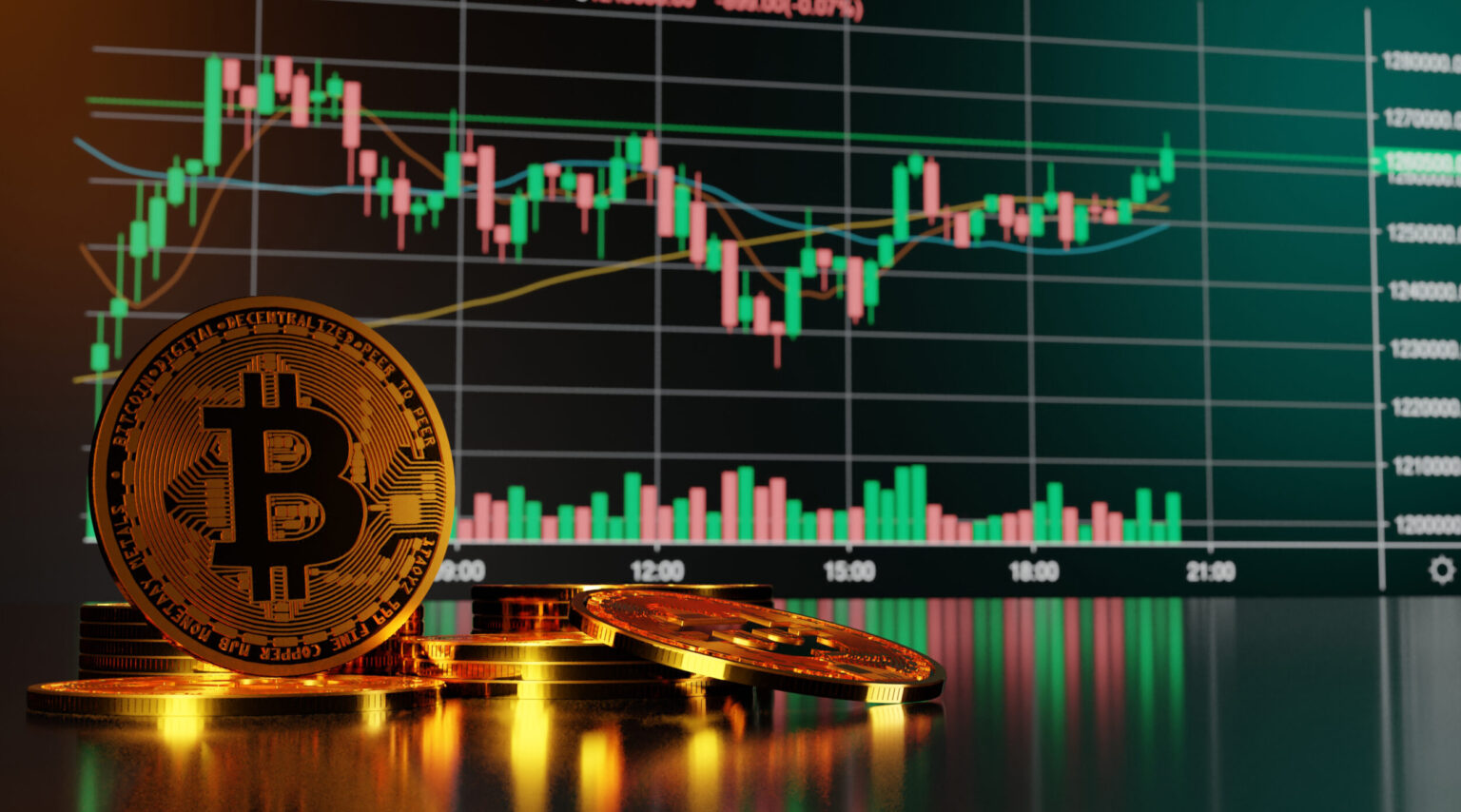Bitcoin trading has become one of the most exciting and fast-paced parts of finance, drawing millions of people and businesses who want to make money off of the price swings of the most popular cryptocurrency. Since the enigmatic Satoshi Nakamoto created Bitcoin in 2009, the trading environment has changed a lot. It now includes advanced tools, techniques, and rules. This essay looks at the many sides of Bitcoin trading by putting together important ideas, powerful players, market dynamics, and useful tips that will help traders of all levels understand the whole picture.
In its most basic form, Bitcoin trading is the act of buying and selling Bitcoin to make money when its market price changes. Bitcoin’s market is open 24 hours a day, 7 days a week, and runs all over the world on cryptocurrency exchanges. This format is different from typical stock markets, which only open at certain times. Because it is always available, it is very enticing, but traders need to be on the lookout for quick changes in the market caused by things like geopolitical events, regulatory announcements, and new technology in the blockchain field.
You can buy and sell Bitcoin with real money, like the US Dollar or the Euro, or with other cryptocurrencies, like Ethereum or stablecoins, like Tether (USDT). Market sentiment, network activity, and important news articles all have a big effect on the price of Bitcoin. These factors can make the price change quickly, often in just a few minutes or hours.
Bitcoin Exchanges and Wallets
Cryptocurrency exchanges are the most important part of Bitcoin trading. They are like online stores where buyers and sellers may meet. Binance, Coinbase Pro, Kraken, and Bitfinex are some of the most popular exchanges. All of these exchanges offer significant liquidity, a variety of trading pairs, and advanced order types that benefit both new and experienced traders. These systems let traders place market orders, limit orders, and stop-loss orders, which helps them carry out their exact strategy to make the most money and reduce risk.

A safe Bitcoin wallet is necessary for holding the digital asset before trading. There are several types of wallets. Hardware wallets, like Ledger and Trezor, keep private keys offline for extra security. Software wallets, like Exodus or Electrum, are easy to use but may be more subject to cyberattacks. It’s important to know how to keep your wallet safe because Bitcoin transactions can’t be undone, so any theft or loss could be permanent.
There are many ways to trade Bitcoin, depending on the trader’s goals, time, and risk tolerance. Day trading and scalping are aggressive strategies that include making many trades in a single day to take advantage of short-term price changes. To use these methods, you need to know a lot about technical analysis, such as chart patterns, indicators like the Relative Strength Index (RSI), moving averages, and volume measures. Swing trading, on the other hand, tries to take advantage of medium-term trends by keeping positions open for days or weeks. Swing traders typically use both fundamental and technical analysis to find good times to buy and sell.
For example, they might look at regulatory news, macroeconomic statistics, and Bitcoin network measurements. Long-term investment, also called “HODLing,” is a more passive way to invest. Investors purchase Bitcoin with the intention of holding it for several months or years, leveraging its potential as a valuable asset and a safeguard against inflation. Bitcoin evangelists like Andreas Antonopoulos made this strategy famous. The strategy is based on the belief that Bitcoin’s long-term value will increase, despite its volatile price.
Factors Influencing Bitcoin Price
A mix of technological, social, and economic factors makes the Bitcoin market very delicate. People like Elon Musk have been known to change the market with their tweets or public pronouncements. For instance, Tesla’s decision to accept Bitcoin as payment in early 2021 generated a big jump in the price, but Musk’s later worries about how much energy Bitcoin uses led to price drops. Changes in regulations also have a big impact.
Different countries have taken different approaches to Bitcoin. Some, like the US, the EU, China, and India, have embraced it as a legal asset class, while others have put strong limits on it or even banned it altogether. Changes in the law determine how confident investors are and how much institutions get involved. Bitcoin’s network is getting better, as with the Lightning Network, which aims to speed up transactions and lower costs. This makes Bitcoin more useful for everyday use and could change its market value.
Technology’s Role in Bitcoin Trading
Traders now interact with Bitcoin markets in a whole new way because of advances in technology. TradingView and other real-time charting software have sophisticated capabilities for technical analysis. On-chain data sources like Glassnode and Coin Metrics show trends in blockchain transactions, mining activity, and wallet behavior, which are very useful for advanced traders. Algorithmic trading bots use programming languages like Python or JavaScript to automate trading strategies based on conditions that have already been defined.

Platforms like 3Commas and HaasOnline let people utilize bots without having to know a lot about coding. This speeds up execution and makes trading decisions less emotive. Sentiment analysis tools look at social media, news sites, and forums to see what people think, giving you even more information about the market. This combination of big data analytics and AI makes traders better at predicting what will happen.
Risks and Challenges in Bitcoin Trading
Bitcoin trading can be very profitable, but it also has a lot of hazards. The market is known for being quite unstable, which can cause big losses, especially for people who use leverage, which makes gains bigger but also losses worse. Security holes, such as hacking and phishing schemes, are still a big worry, which shows how important it is to have strong security measures.
Pump-and-dump scams, wash trading, and spoofing are all ways that someone might manipulate the market and provide traders false information. Also, regulatory ambiguity is a problem since rapid changes in the law can cause prices to shift quickly and affect how exchanges work. To preserve their wealth, traders should use tight risk management techniques like diversification, stop-loss orders, and ongoing education.
Final thoughts
The larger cryptocurrency ecosystem is always changing, and so is Bitcoin trading. Decentralized finance (DeFi) platforms are making it easier to trade Bitcoin derivatives without middlemen, which makes the market more liquid and open. As businesses and investment institutions include Bitcoin in their portfolios, institutional adoption is accelerating, further legitimizing the asset. Tokenization, cross-chain interoperability, and layer-2 scaling solutions are some of the new trends that will make Bitcoin more useful and easier to use. Educational programs and clear rules will probably make the trading atmosphere safer and more grown-up.







